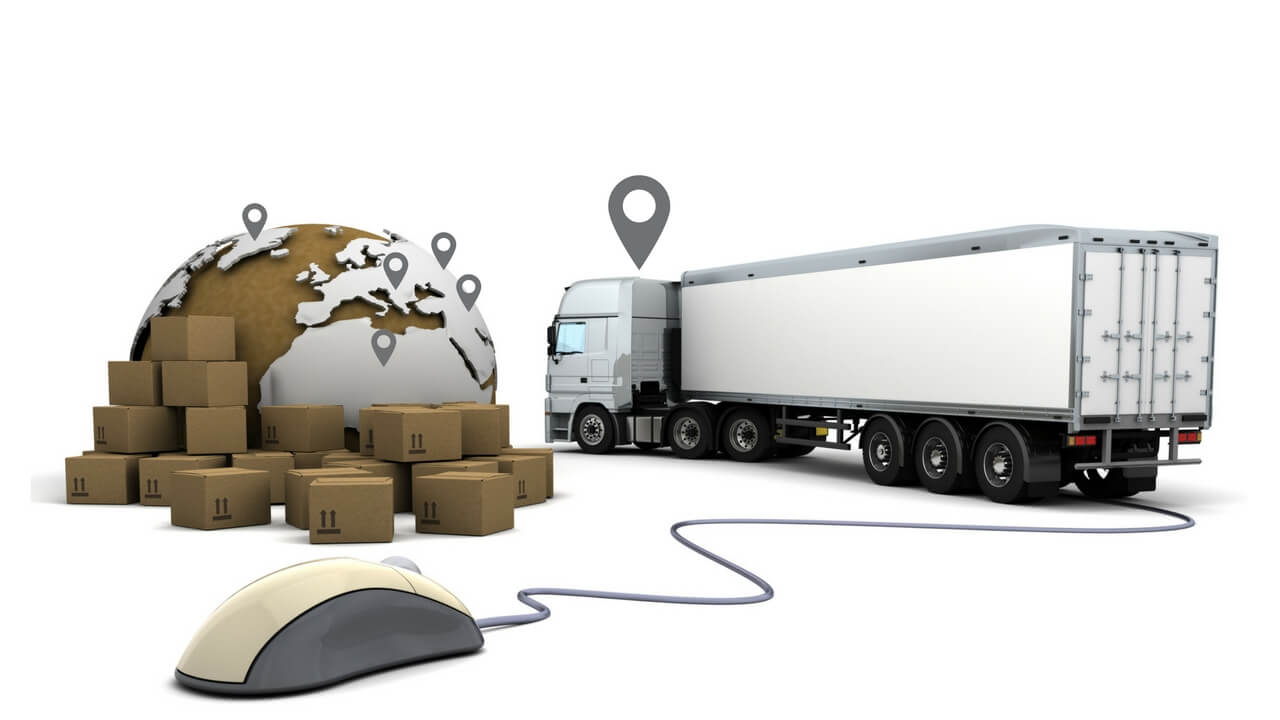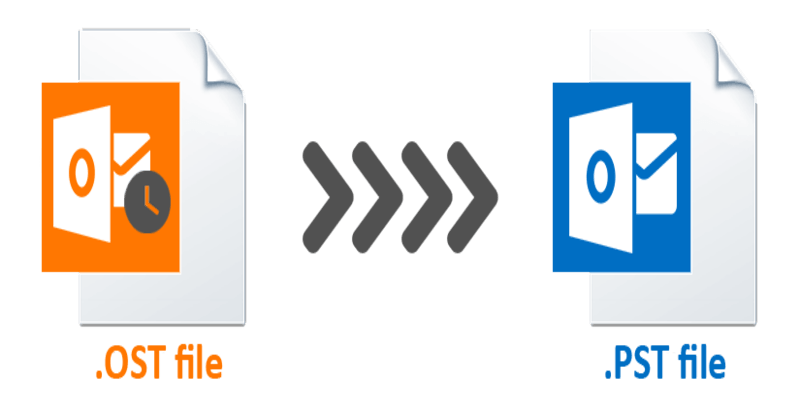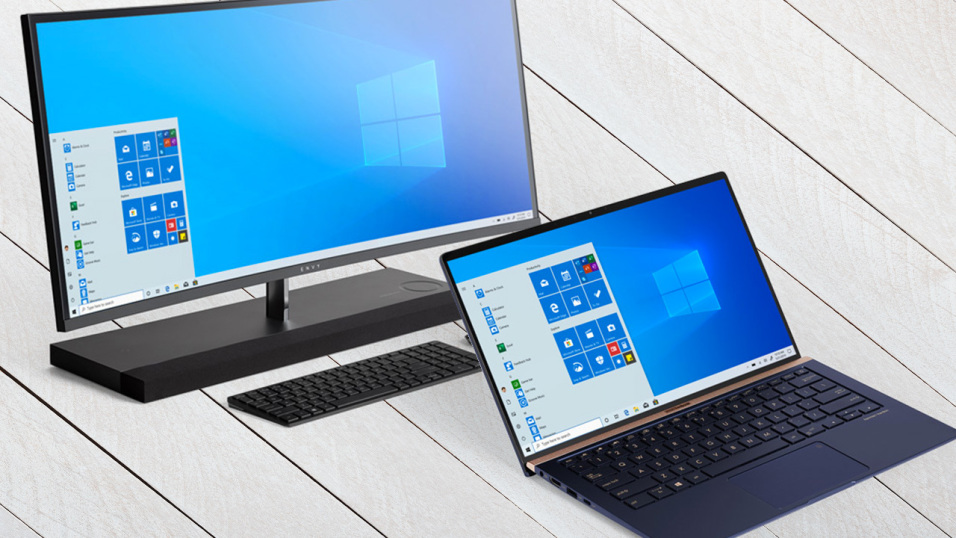We live in an era of rapidly advancing technology. Nowhere is that more true than within the transport industry, where apps, websites, and new satellite software have radically changed how we do even basic things like receive deliveries or hop in a cab. As technology marches on, these changes are only going to continue.
Ridesharing apps
Ridesharing apps are one of the biggest and most disruptive innovations of the era. They changed, almost overnight, how people transported themselves and got cabs. Companies like Uber have become synonymous with cabs and are used in most countries around the world. Other businesses like Ola and Lyft aren’t far behind. There’s fierce competition in this sector which is likely to deliver further innovation and lower fares.
Being able to order a cab via a mobile app has simplified the ride-hailing process considerably. Customers simply prefer being able to order their ride at the touch of a button and track its arrival along with any information about the driver. The review systems on these apps (which rate both customer and driver) ensure safety, although there have been some concerns. Being able to use your own car as a cab is equally beneficial for drivers and has brought many into the trade.
More freedom for truck drivers
Driving freight is a varied business. Some drivers operate in small areas; others drive across vast swathes of land, sometimes entire continents, to make their deliveries. Trucking can be lonely on longer journeys, but many drivers value their freedom. New platforms within the freight sector have given them even more freedom. Drivers can now browse a load board based on criteria including delivery time, location, type, and far more – if you’re a lorry driver, you need to try it.
This practice allows drivers to set their own schedules, sometimes taking on longer jobs, at other times staying local. It gives them far more freedom than previously and means that they’re entirely capable of working for themselves. This kind of flexibility would have been unthinkable in the past and continues to tempt more people into the freight business.
Food delivery apps
Just as apps like Uber and Ola streamlined the process of ordering cabs, new technology has had a similarly disruptive effect on the food industry. Where once people would have to physically drive to a fast food outlet to get their meals, the vast majority of takeaway establishments now offer delivery. Apps like Just Eat and Deliveroo give customers unprecedented access to nearly every takeaway store in their area. They can browse and compare, read reviews and then order from the comfort of their own homes.
The startling thing about these apps is how quickly they’ve taken over and become a natural part of our lives. This, in turn, means that even fast food giants like McDonald’s, KFC, and Dominos Pizza have jumped on board, offering their food for delivery. Convenience for customers means jobs for drivers, and fast food apps have done wonders for local economies.





